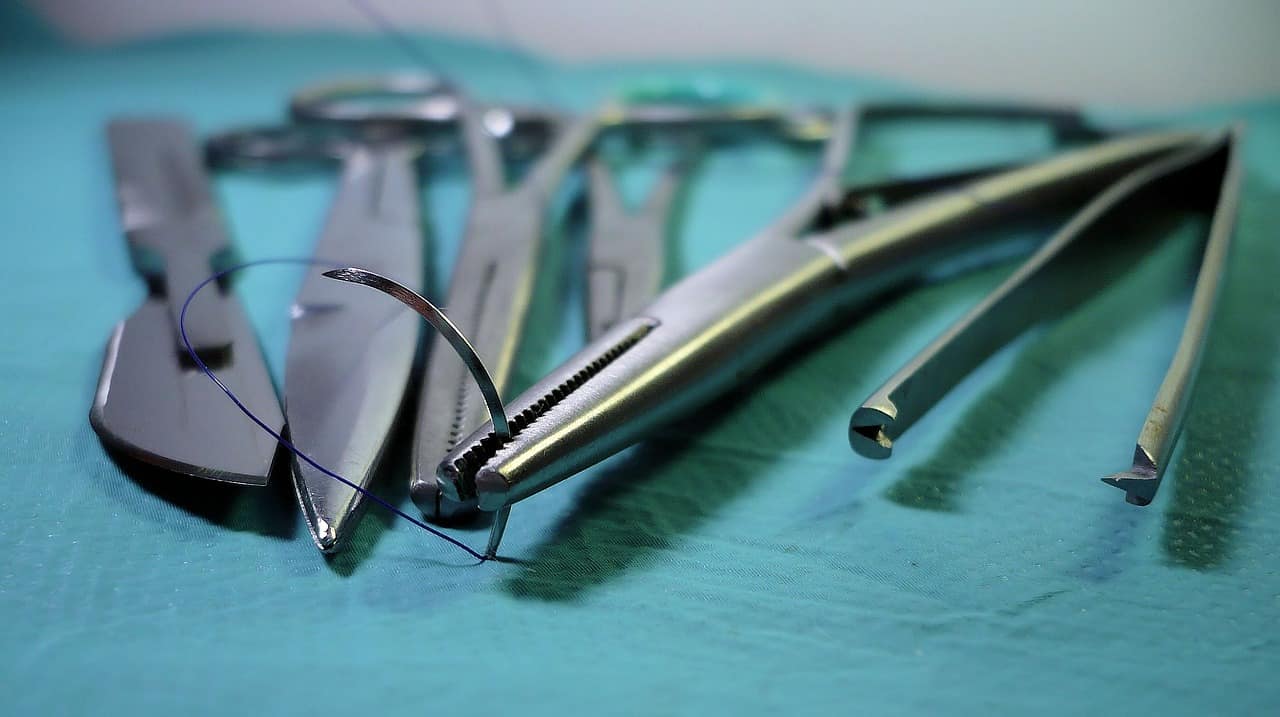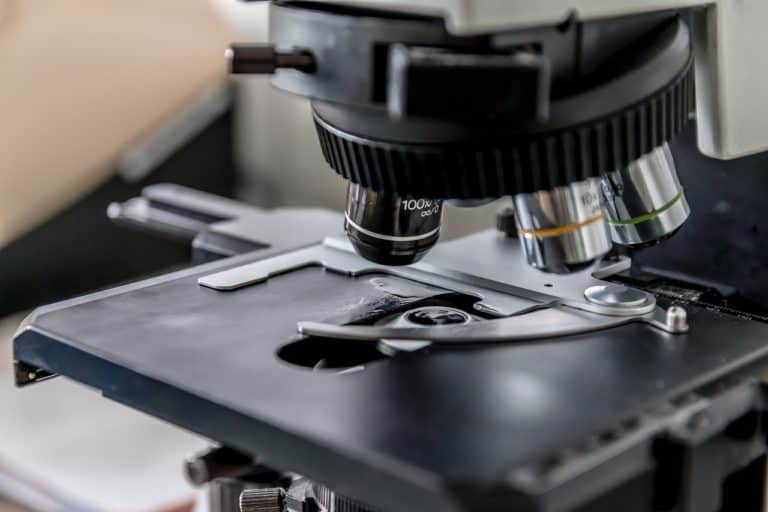What women want to know about vasectomy reversal is often more than the questions posed by men. Although men are curious about what happens when a vasectomy is reversed, women often have a broader scope of questions. If you are a woman, are the following questions among those chosen to be called “what women want to know about vasectomy reversals”?
1. What is a vasectomy reversal?
A vasectomy reversal is a microsurgical procedure performed to restore the ability of the vas deferens to transport sperm from the testicles to the penis, where it exits during ejaculation. The goal of a vasectomy reversal is to restore a man’s fertility.
Each year, up to 10% of men in North American who have had a vasectomy choose to have the procedure reversed. There are two ways a vasectomy reversal can be accomplished.
- Vasovasostomy, which involves reconnecting the two cut ends of the vas deferens by suturing them. A vasovasostomy is performed in 70% to 80% of vasectomy reversal cases.
- Epididymovasostomy, in which the surgeon must suture the ends of the vas deferens to the epididymis in order to bypass a blockage above the vasectomy site
A vasovasostomy is performed in 70% to 80% of cases, is easier to perform, and tends to have a higher success rate than an epididymovasostomy.
2. How successful is a vasectomy reversal?
What women want to know about vasectomy reversal is, are they successful? The success of a vasectomy reversal depends on several factors. The more time that passes between a vasectomy and a vasectomy reversal, the less likely the reversal will be successful or that pregnancy will occur. For men who undergo a vasectomy reversal within about ten years of a vasectomy, the success rate can reach 97% with an accompanying pregnancy rate of about 76%.
When men wait longer than ten years for a vasectomy reversal, they risk a greater chance of failure and less chance of the surgery eventually lead to pregnancy. Men who wait more than 15 years, for example, have about a 70% success rate and a lower chance of having a baby.
A successful vasectomy reversal and subsequent pregnancy also depend on the health of the vas deferens and the sperm. If a surgeon discovers sperm in the vas deferens, the man has about a 90% or greater chance that the vasectomy reversal will be successful and a 60% to 70% chance a pregnancy will occur. If a man’s vas fluid is healthy but no sperm are present, the success rate of the vasectomy reversal is about 70%. A vasovasostomy is the vasectomy reversal performed in each of these situations.
If, however, a man has a blockage above the vasectomy site, an epididymovasostomy can be performed. The success rate of an epididymovasostomy is about 50% to 60%.
What women want to know about vasectomy reversal also relates to the health of a man’s sperm. As the number of years pass after a vasectomy, a man’s sperm can change in number, shape, and in its ability to swim or move (motility). These changes can have a negative impact on sperm potency (the number and quality of sperm released in seminal fluid) and the ability to initiate a pregnancy.
3. How do I find a qualified vasectomy reversal surgeon?
When you and your partner choose a surgeon, what women want to know about vasectomy reversal is which surgeon has a lot of experience performing this microsurgical procedure, has had great success rates, and can perform an epididymovasostomy if required. You can begin your search by asking your family doctor or urologist and your local hospitals for referrals. You also should conduct an intensive search on the Internet for qualified vasectomy reversal microsurgeons.
Related: Questions to Ask When Choosing a Vasectomy Surgeon
After you and your partner have identified possible candidates, check their websites and arrange for a consultation. When you and your partner consult with surgical candidates, bring the questions with you.
- What is the doctor’s educational background? Did he or she complete a specialized fellowship?
- What is the doctor’s vasectomy reversal success rate?
- How many vasectomy reversals has the doctor performed?
- What complications has the doctor encountered when performing vasectomy reversal?
- Can the doctor bank sperm if you request this procedure?
- Has the doctor published any peer-reviewed articles on vasectomy reversals or related topics and/or is the doctor involved in related research?
- Did the doctor explain the different types of vasectomy reversal so that you fully understand the procedures?
- Did the doctor answer all your questions to your satisfaction?
- Did the doctor take his or her time with you, or did you feel rushed?
- Did the doctor say or do anything that was especially impressive?
- Does the doctor have the bedside manner and personality that make you feel confident in his or her ability to perform the vasectomy?
- What was your spouse’s impression of the doctor?
- Do you have a preference for a male or female surgeon?
4. If a vasectomy reversal is not successful, what alternatives do we have?
Vasectomy reversal is not always successful. If tests show there are no sperm in a man’s semen by six months after vasovasostomy or by 12 to 18 months after epididymovasostomy, then the vasectomy reversal surgery failed. What women want to know about vasectomy reversals that fail is how to correct them.
Several options are available. One option is to repeat the vasectomy reversal surgery, but success rates of repeat vasectomy reversals are lower than those after first reversals. In one study, there was an 86% success rate for first reversals and 75% for repeat reversals. The accompanying successful rates of pregnancy were 52% and 43%, respectively.
Another option is Assisted Reproductive Technology (ART), which refers to methods used to achieve pregnancy using artificial (i.e., assisted) methods. ART includes several different approaches, such as In Vitro Fertilization (IVF) that may or may not use Intracytomplasmic Sperm Injection (ICSI). Following a failed vasectomy reversal, IVF with ICSI is the only realistic form of ART.
To participate in IVF-ICSI, women must undergo drug treatments followed by a laparoscopic procedure to extract eggs from the ovaries. The cost of one cycle of IVF can range from $10,000 to $15,000, and women may require more than one cycle before they get pregnant.
Related: Vasectomy Reversal Alternatives
5. How long does it take to perform a vasectomy reversal?
A vasovasostomy can take from 2 to 5 hours, although the average is 3 to 3.5 hours. An epididymovasostomy can take one to two hours longer than a vasovasostomy.
6. How much does a vasectomy reversal cost?
What women want to know about vasectomy reversal is how much it costs and how the fees are determined. The cost of a vasectomy reversal can range from $5,000 to $13,000, and in some areas of North America the price may be even higher. The final cost can be broken down to include the surgeon’s fee, the anesthesia cost, and the charge to use an operating room. The cost also depends on which procedure the surgeon performs (vasovasostomy or epididymovasostomy), the geographic area in which it is done, and whether the surgery is performed in a hospital, clinic, or doctor’s office. The cost of follow-up visits to test semen samples may or may not be included in the doctor’s original charge.
Another charge you may incur is for sperm banking. Surgeons often recommend men bank their sperm at the time of a vasectomy reversal in case the surgery is not successful. There are additional charges for harvesting the sperm, the initial banking of the sperm, and a yearly charge.
Insurance companies typically do not cover the costs of a vasectomy reversal. Ask your surgeon about payment options.
7. How long is the recovery time after a vasectomy reversal?
Among what women want to know about vasectomy reversal is how long their partner will take to recover. Following a vasectomy reversal in an outpatient or office setting, men can go home after waiting a brief time to make sure they feel well enough to travel. Someone should drive them home, however, to help avoid any undue pressure on the surgical site. All patients should follow their surgeon’s instructions for post-operative care, but here are some general guidelines.
Men should rest in bed for at least the first 24 hours after vasectomy reversal and restrict their activities for at least four to five days. All heavy lifting and physical exertion should be avoided for three to four weeks. Use of an intermittent ice pack to the scrotal area for 48 hours can help minimize swelling and pain, and pain relievers such as acetaminophen can control discomfort.
Men should avoid ejaculation and sexual intercourse for up to 30 days after a vasectomy reversal. After that time, men will be asked to provide a semen specimen so their doctor can check it for active sperm.
8. How long does it take for a man’s fertility to return?
Typically, it takes several months, and in some cases more than a year, before fertility returns. A vasectomy reversal can result in pregnancy in about 40% to 75% of cases. In the event a vasectomy reversal fails, there are other options for couples that want to keep trying to get pregnant.
9. Does having a vasectomy reversal have a negative impact on a man’s sex drive or his ability to get an erection?
No. A vasectomy reversal does not involve any structures that have an impact on a man’s sex drive or his ability to achieve an erection.
10. How dangerous is having a vasectomy reversal?
Some of the risks or complications associated with vasectomy reversal are similar to those that men may experience after a vasectomy. Men typically experience pain and swelling of the scrotum during the first few days after a vasectomy reversal. As with any surgical procedure, there is a slight risk of infection, which can be treated with antibiotics. Some men experience nausea, headache, constipation, and muscle aches for a day or two. There is also the possibility blood will accumulate inside the scrotum (a hematoma) and it can be painful. A doctor can drain the hematoma, but in a small number of men hematomas can recur.
What women want to know about vasectomy reversal may not be fully covered here, but it’s a start.







